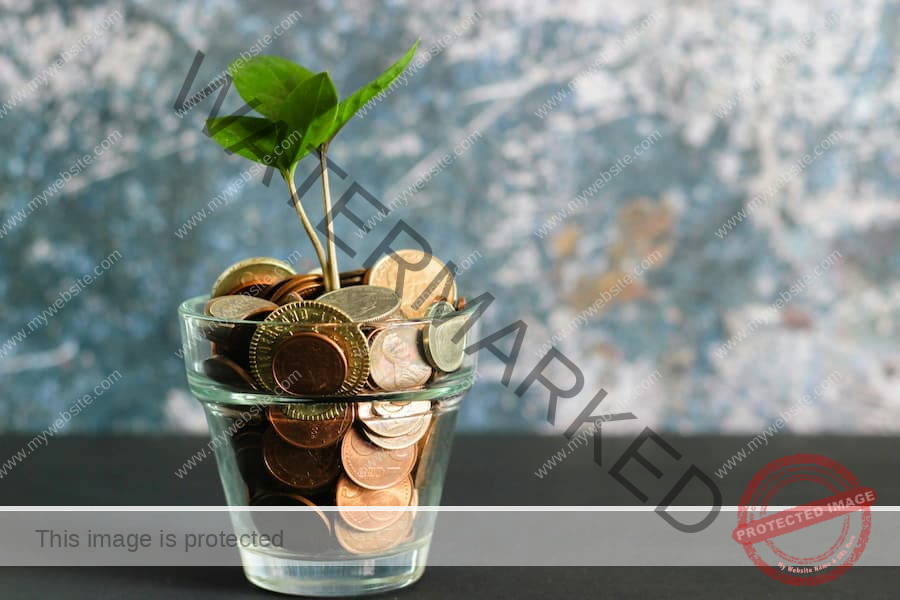Why It Pays to Diversify
Investment diversity is one of the most reliable shields an investor can use against unpredictable market swings. Without diversification, a downturn in a single area could cause major setbacks across your entire portfolio. By spreading your investments across various assets—such as domestic and international equities, government and corporate bonds, real estate, commodities, and even alternative investments—you are better protected when one segment experiences a rough patch. For example, if tech stocks are facing losses, alternative assets such as real estate or precious metals may maintain or grow in value, providing a steadying effect overall.
Financial experts agree that this approach brings balance and can lead to steadier returns over time, even when the economic outlook is uncertain. According to experts, diversification helps investors mitigate the adverse effects of market volatility, thereby increasing the likelihood of success for their investments, regardless of what happens in a specific sector or region. For those just starting, consulting a Financial Advisor can be highly beneficial. An advisor can help tailor a diversification strategy that aligns with your personal financial goals, ensuring that no single investment has too much influence over your entire financial future. In today’s rapidly changing markets, having a well-diversified portfolio isn’t just smart—it’s essential. It acts as a buffer, reducing the emotional and financial impact of sudden downturns. Ultimately, diversification is a key step toward long-term financial stability and peace of mind.
Adapting to Economic Shifts
Change is a fundamental constant in global markets. Sometimes it’s driven by sweeping economic reforms, other times by global events or rapid technological advancements. Investors who remain adaptable tend to fare better than those who stick rigidly to outdated strategies. Regularly reviewing portfolio allocations—at least on a quarterly basis—helps ensure you aren’t overexposed to sectors at risk or missing opportunities in rising markets.
Being prepared to adjust your investment mix—moving, for example, from growth stocks to more defensive sectors like utilities or consumer staples — during economic uncertainty can make a significant difference in total returns over time. Seasoned investors often build watchlists and stay informed about both domestic and global developments to recognize market-moving trends quickly. In practice, this can mean gradually increasing exposure to emerging markets or scaling back investments in industries subject to heavy regulation or disruption.
Risk Management in Investing
Sustainable investing is as much about guarding against loss as it is about pursuing gains. Intelligent risk management begins with an honest assessment of how much volatility you can tolerate—emotionally and financially. While some investors feel comfortable with the roller-coaster ride of stocks, others prefer the relative calm of bonds or money market accounts. Clearly outlining your risk profile is essential before putting any money at risk, as it determines the level of aggressiveness or conservatism in your investment plan.
- Consider stop-loss orders, which automatically sell a stock when it falls below a specified price to limit your downside.
- Limit your exposure to high-risk, high-reward stocks to a fixed portion of your portfolio—often no more than 10 to 15% for most people.
- Maintain a separate emergency fund of three to six months’ expenses, so you’re not forced to sell investments in a downturn to cover living costs.
Revisiting your strategy during significant life events—such as starting a family, career changes, or approaching retirement—helps ensure your portfolio continues to align with your needs. Implementing routine rebalancing checks can also help catch any drift in your intended risk level, especially as certain assets outperform and naturally take up a larger share of the portfolio.
Emerging Trends to Watch
Staying ahead of the curve can help you stand out from the crowd. Investors with their eyes on the horizon are increasingly drawn to trends such as sustainable investing, which considers environmental, social, and governance (ESG) factors, as well as sectors benefiting from artificial intelligence and data analytics. Real-world data underscore this shift: Morningstar reports that U.S. sustainable funds attracted a record $51 billion in net new money in 2020, with even more inflows since then.
Keeping an open mind to promising new sectors means consistently researching and evaluating which developments are likely to shape tomorrow’s economy. Green technology, healthcare innovation, and blockchain are just a few domains that have rapidly evolved from niche to mainstream. While early adoption can provide excellent returns, investors should always conduct thorough due diligence to avoid the risks associated with hype cycles, where solid fundamentals may not always align with enthusiasm. This willingness to explore, paired with healthy skepticism, helps you capture growth while safeguarding hard-earned capital.
Balancing Short and Long-Term Goals
Mapping your investments to your time horizon ensures you aren’t taking unnecessary risks or missing growth opportunities. Short-term goals—like buying a car, paying for a wedding, or building an emergency fund—often require stable, low-volatility investments. High-yield savings accounts, certificates of deposit, and short-term government bonds can provide returns while preserving capital over a one- to five-year horizon.
Tip: Separate Your Portfolios
For long-term objectives, such as retirement or funding a child’s education, you have the luxury of time to ride out market fluctuations. Here, greater exposure to equities or index funds makes sense, as historical market data show that stocks typically outperform other asset classes over the long term. Creating distinct “buckets” for each goal—one focused on safety, the other on growth—lets you manage risk and reward effectively. This strategy often involves portfolio investments, which refer to a diversified collection of assets, such as stocks and bonds, held to achieve specific financial goals, as explained in Investopedia’s guide to portfolio investment. As milestones approach, gradually shift funds from higher-risk/higher-return assets to safer investments to avoid a shortfall as the deadline nears.
- Short-term portfolio: Prioritize safety and liquidity with cash and conservative income products.
- Long-term portfolio: Emphasize growth using equity funds, real estate, and international stocks. Rebalance annually to maintain your chosen mix.
Regular check-ins help you pivot as your life, goals, or market conditions change.
Building a Strong Financial Foundation
Even the best investment strategy is likely to fail if it’s built on weak financial basics. Before putting your money in the markets, set up a clear budget to ensure you’re living within your means. Track monthly expenses, and aim to consistently set aside a portion of your income for saving and investing. Prioritizing the repayment of high-interest credit card debt and loans provides a reliable return, saving you far more in interest costs than most investments can earn.
Once these pillars are in place, adopt a “pay yourself first” approach by automatically transferring funds into your investment accounts as soon as you receive your paycheck. Dollar-cost averaging—investing the same amount at regular intervals regardless of ongoing market trends—has been shown to reduce anxiety and the emotional impact of market swings. Over the long run, this disciplined approach tends to yield more consistent outcomes because it smooths the effects of market highs and lows.
Learning from Market History
Market history is filled with cautionary tales as well as inspiring comebacks. Events like the dot-com bubble burst, the 2008 financial crisis, and the surge in cryptocurrencies have provided invaluable lessons for today’s investors. Tracking how markets responded to past shocks helps build resilience and perspective. For example, while panic-selling was rampant in the depths of the 2008 crash, those who stayed invested through the downturn not only recovered losses but also reaped record gains as markets rebounded.
Over time, cycles of boom and bust reinforce the value of patience, diversification, and continuous learning. Investors who remain vigilant and committed to their strategy, while utilizing history as a resource for informed decision-making, are better equipped to avoid emotional pitfalls. Rather than being surprised by volatility, they see it as a normal, even necessary, part of a healthy financial ecosystem.















